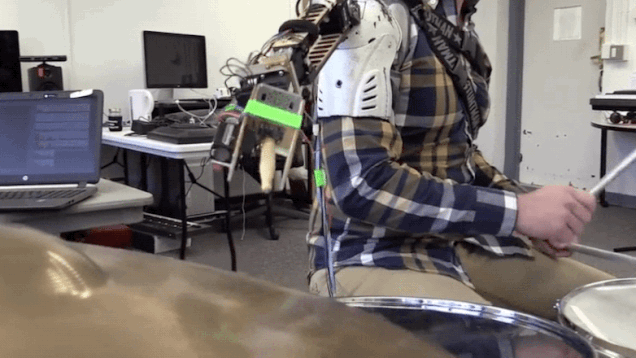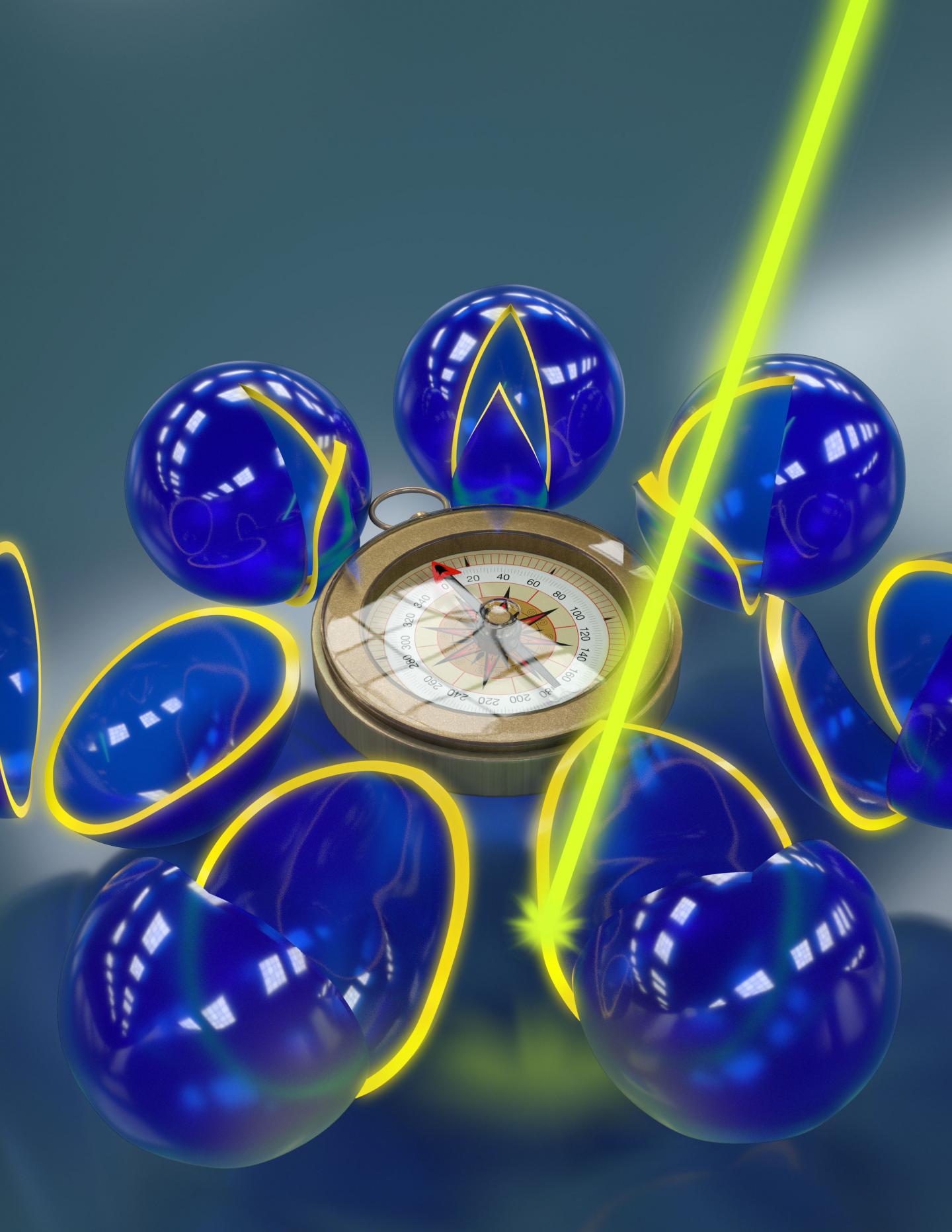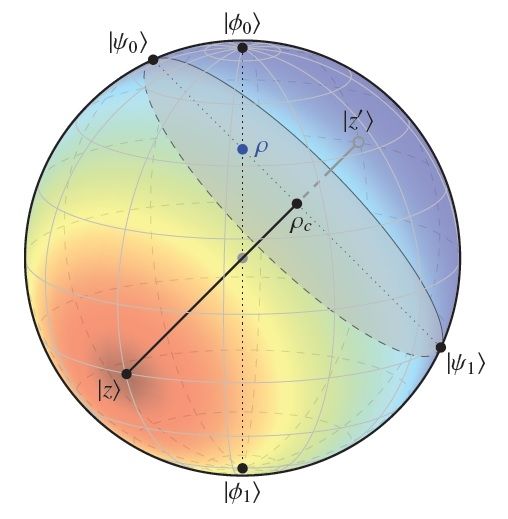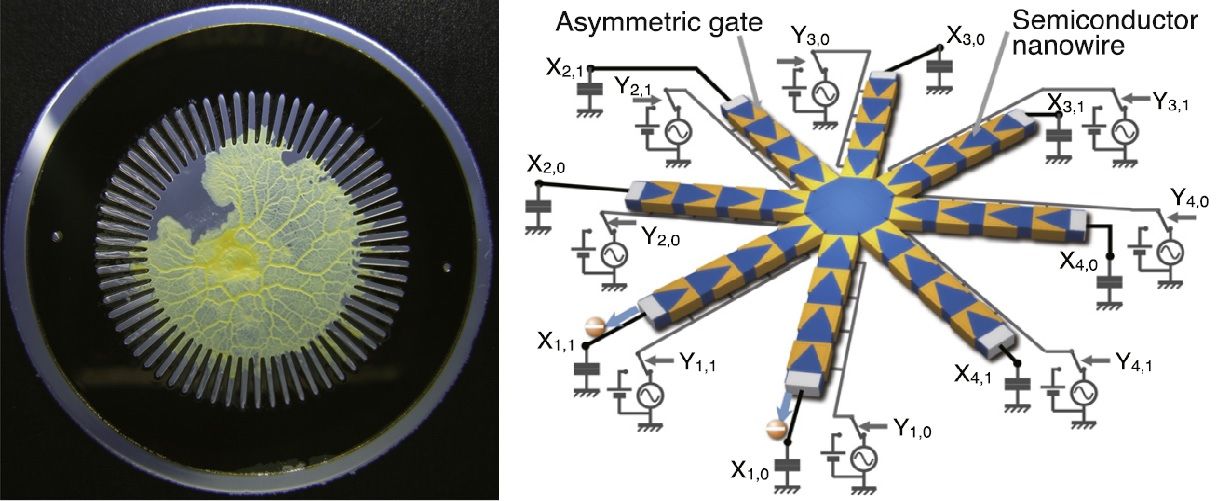Feb 19, 2016
Silly Putty-like substance is helping researchers make shape-shifting robots
Posted by Karen Hurst in category: robotics/AI
One of the largest drawbacks in robotics is the rigid parts and movements of the robots. Well, soon that maybe changing due to non-Newtonian fluids.
(Inside Science) — By using fluids similar to Silly Putty that can behave as both liquids and solids, researchers say they have created fluid robots that might one day perform tasks that conventional machines cannot.
Conventional robots are made of rigid parts that are vulnerable to bumps, scrapes, twists and falls. In contrast, researchers worldwide are increasingly developing robots made from soft, elastic plastic and rubber that are inspired by worms, starfish and octopuses. These soft robots can resist many of the kinds of damage, and can squirm past many of the obstacles, that can impede hard robots.
Continue reading “Silly Putty-like substance is helping researchers make shape-shifting robots” »


















